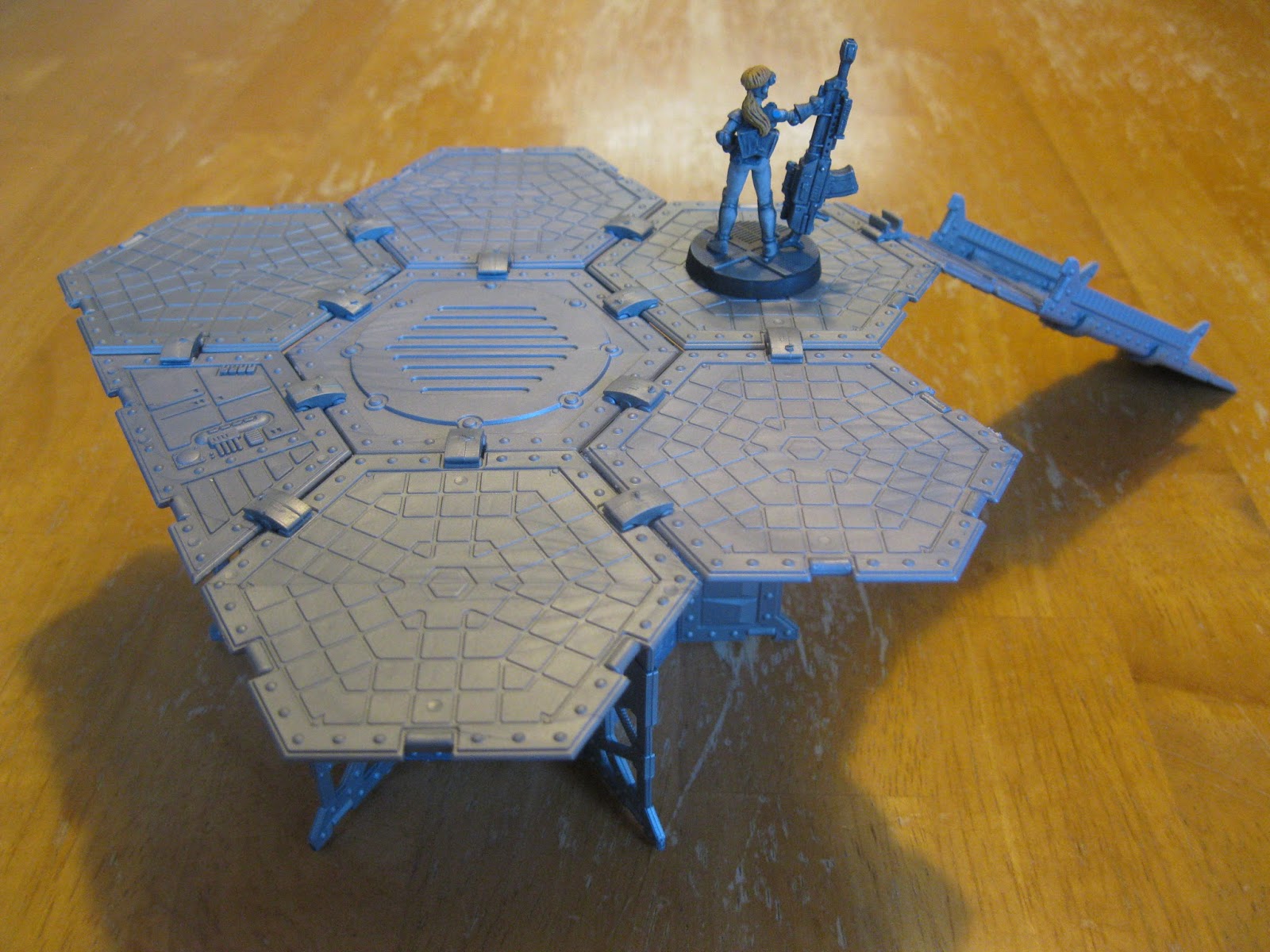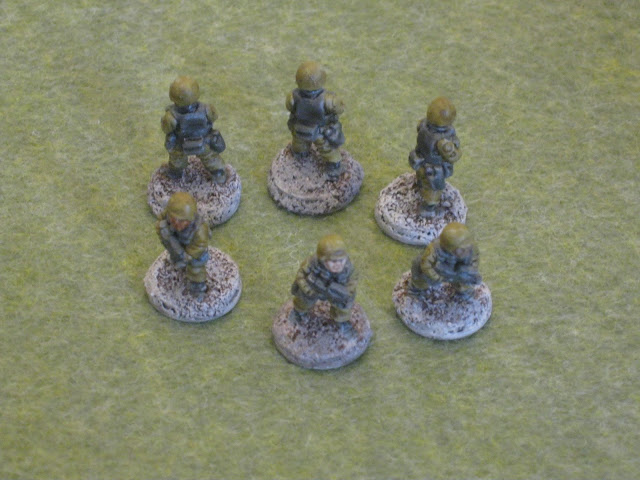But that feeling didn't go away.
There was the potential for a good game in Ashen Stars. One that I wanted to run. A better one than I had been running. Where was it?
There could be no ongoing story if I was running a series of unrelated published adventures. I knew that going in. The whole point was to test-drive the game without a major creative commitment. That wasn't the issue.
I had a hard time working the characters arcs into the game. The first two adventures I ran had no room for them. The ones that were in the pipeline didn't either. That bothered me.
I talked about it with the players. They pointed out that, of the two adventures they played, neither had a conclusion that flowed from what the player characters discovered before. They felt that there were no real hints to what the ending would reveal. The solutions felt outside the context of the adventures. From their perspective, it would be like Sherlock Holmes find out that the criminals were the Martians from H.G. Wells' War of the Worlds.
It was good feedback. The issue may have been with those two specific adventures or my handling of them. But that explanation didn't satisfy me.
I thought it over some more. Then it hit me. There was a core issue that I needed to address.
Our group restarted the campaign. A complete reset with new characters and character arcs linked to an ongoing plot. That would provide a solid narrative structure that the previous campaign lacked. The first session was right before the holidays.
More importantly, I dumped the game that I ended up running for the game I wanted. I didn't want space police procedurals of the week with the player characters as interstellar private eyes poking around for clues, finding bodies, interviewing witnesses, and getting in over their heads. In particular, reading through Ashen Stars' attempt at noir left me cold.
Ashen Stars and GUMSHOE should be able to handle more than space cops.
There is a cycle that exists in most TV space opera stories. Star Trek, Babylon 5, classic and reimagined Battlestar Galactica, and Firefly all use it to some extent.
- The crew gets involved in a situation.
- The crew gathers information and takes action.
- As a result of that action, the crew gather more information.
- Now better informed, the crew takes further action.
- This cycle continues until the crew has enough information to take actions to resolve the situation.
What I want is a space opera game. What I was presented with was a mystery game. Fortunately, Ashen Stars and GUMSHOE can do both.
Looking at the published materials with new eyes, I can see the game I want there. It is supported by some of the published adventures. Unfortunately, those adventures are not enough to hang a campaign on. An ongoing plot of my own devising was in order.
And so, a casting off of baggage, a break in continuity, and a fresh start for a game with a little less Mike Hammer and a little more Mass Effect.





































